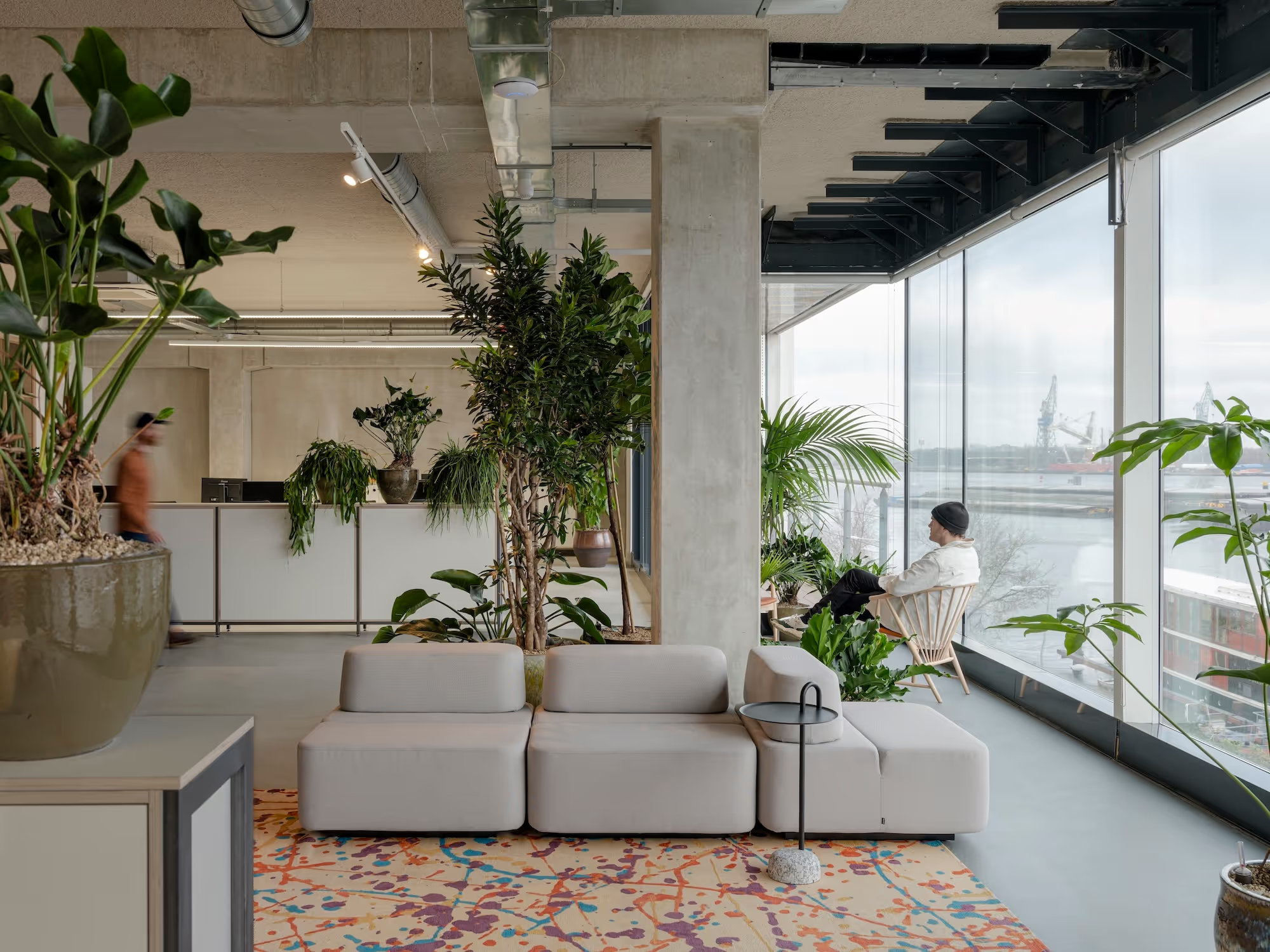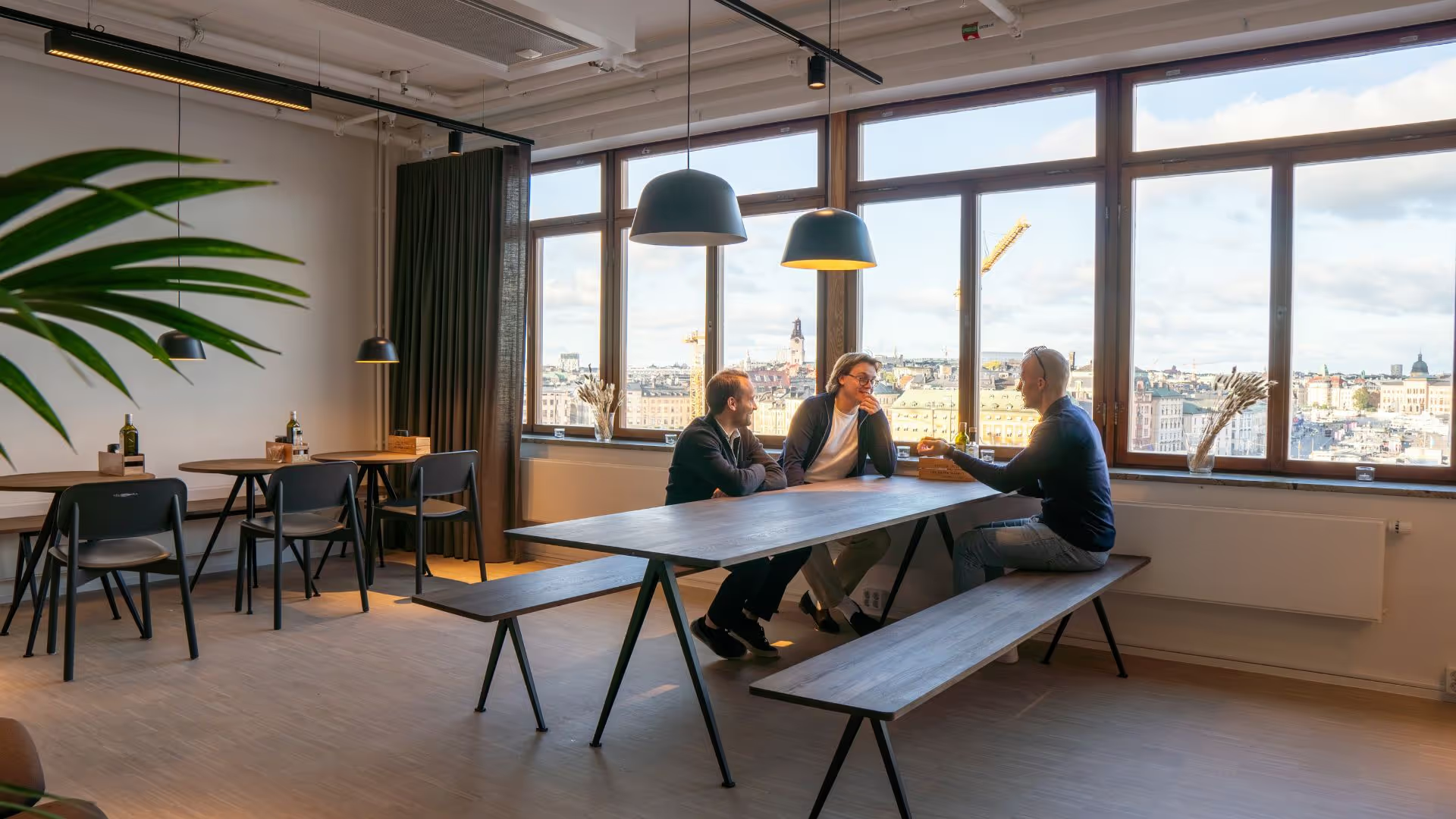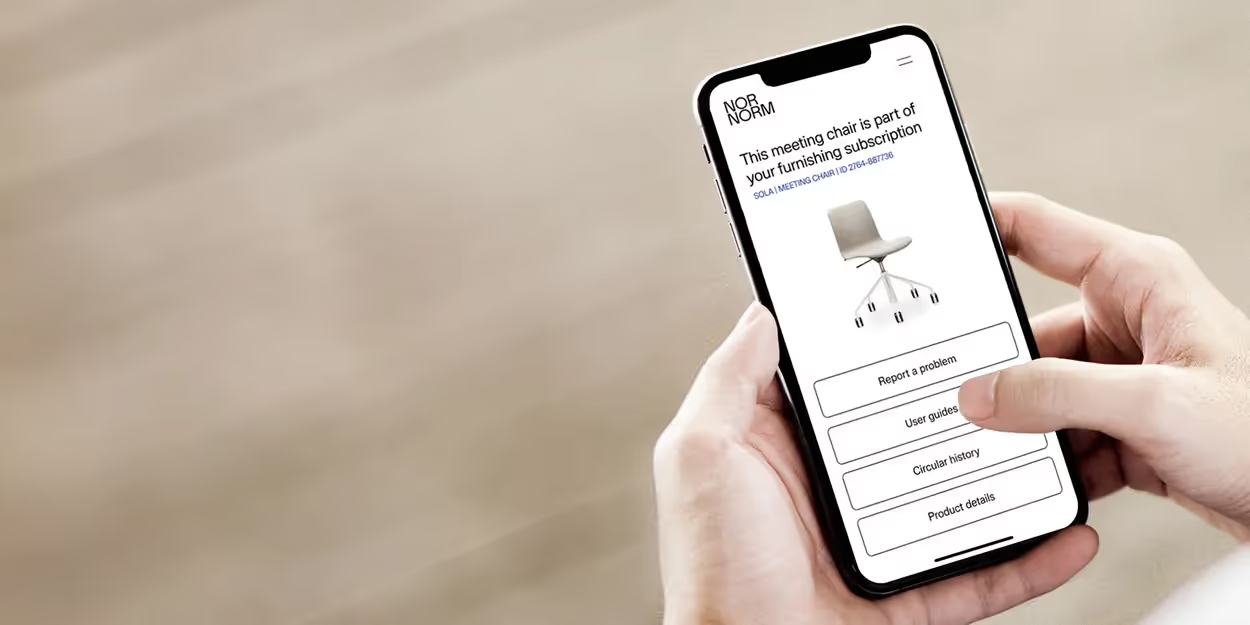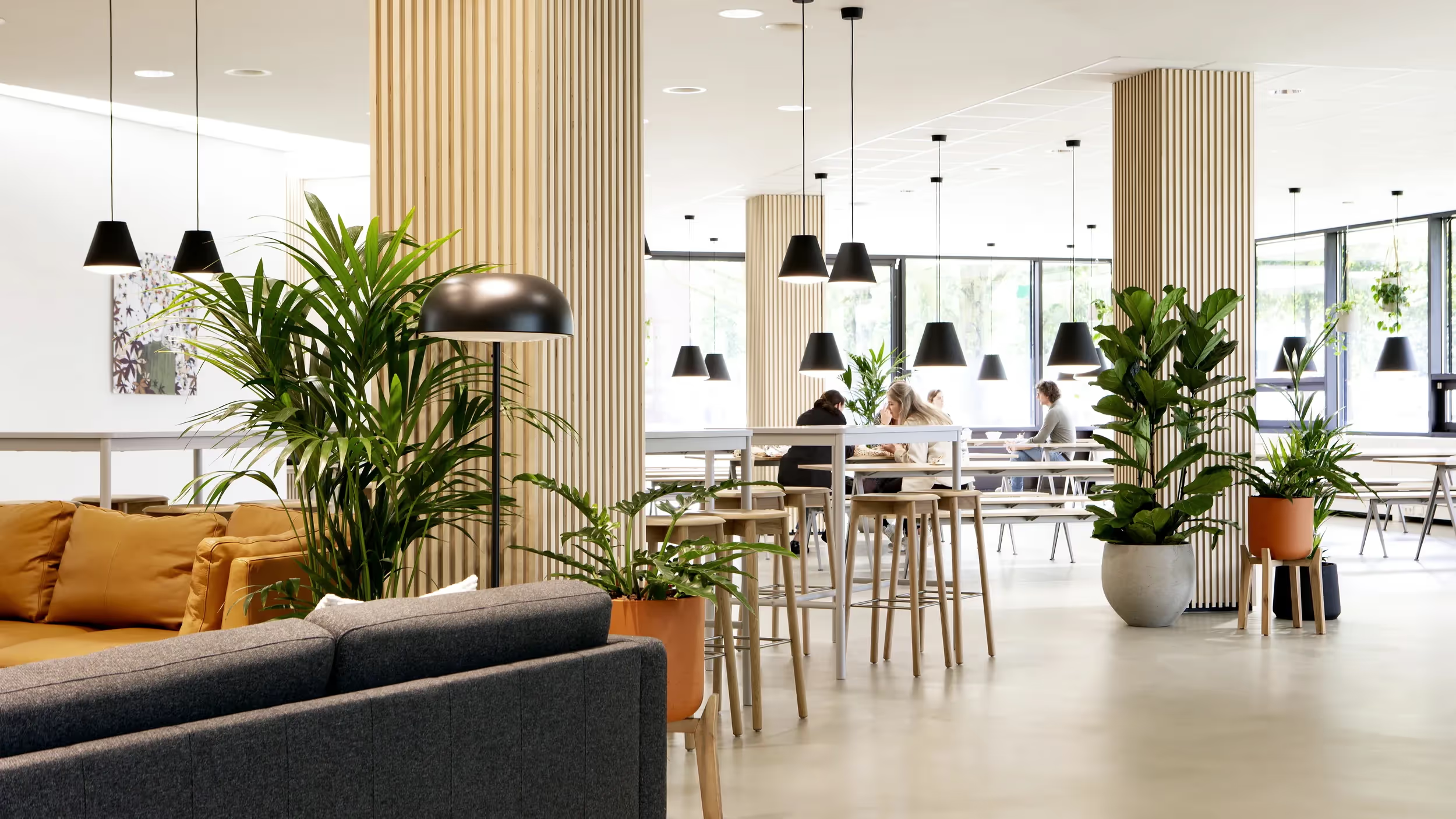Navigeren in de toekomst van werkplekken met NORNORM's trends voor 2023 en voorspellingen voor 2024
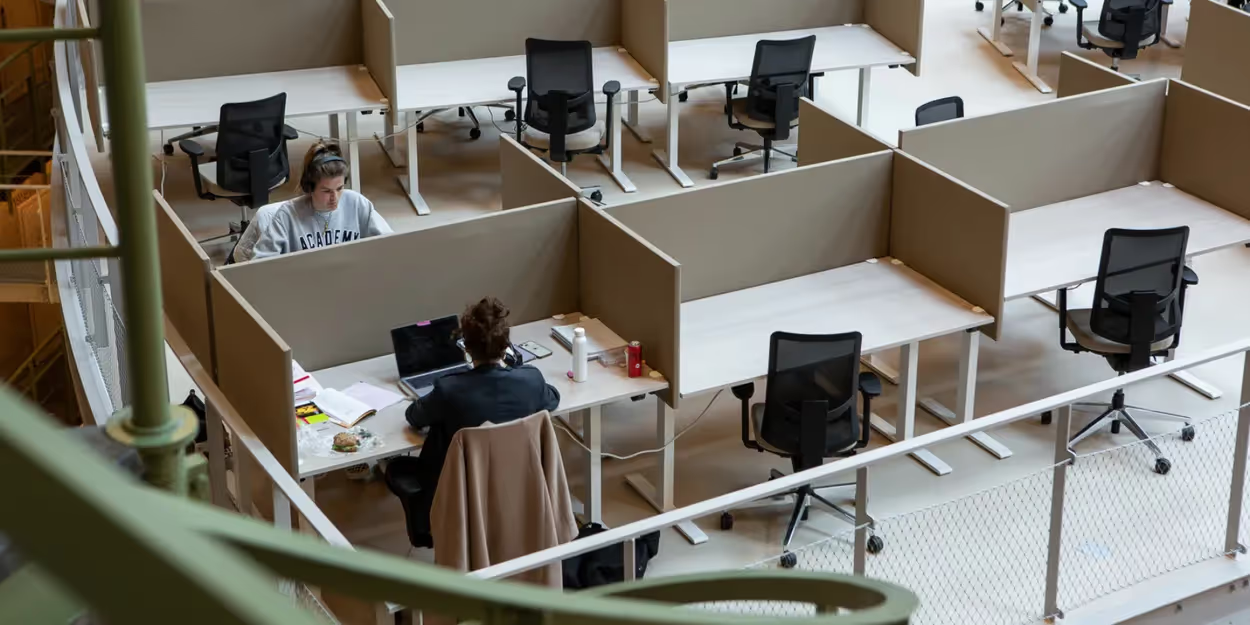
Laten we, terwijl we terugblikken op het jaar, eens kijken naar de belangrijke trends die Philip heeft waargenomen, wiens ervaringen een uniek beeld bieden van hoe werkplekken zich hebben aangepast om tegemoet te komen aan de voortdurend veranderende behoeften en opkomende uitdagingen van bedrijven in heel Europa.
In een wereld waar verandering de enige constante is, heeft NORNORM het voortouw genomen in de revolutie in het creëren van aanpasbare werkplekken door continue optimalisatie van de kantoormeubelindelingen. 2023 was opnieuw een cruciaal jaar waarin we de vraag naar aanpassing van werkruimten enorm hebben zien stijgen, waarbij ons deskundige Customer Success-team in de voorhoede van deze transformatie stond.
Met meer dan 400 veranderingen in kantoormeubilair die dit jaar succesvol zijn afgerond, delen Philip van Engeldorp Gastelaars en Nikolas Hartlieb de waardevolle inzichten van ons Customer Success-team om de trends in het ontwerp en gebruik van werkplekken te begrijpen en vorm te geven. Deze veranderingen hebben niet alleen de functionaliteit van de werkruimte verbeterd, maar ook de productiviteit en tevredenheid van werknemers aanzienlijk verbeterd.
TRENDS IN 2023 IN DE ARBEIDSWERELD
Laten we, terwijl we terugblikken op het jaar, eens kijken naar de belangrijke trends die Philip heeft waargenomen, wiens ervaringen een uniek beeld bieden van hoe werkplekken zich hebben aangepast om tegemoet te komen aan de voortdurend veranderende behoeften en opkomende uitdagingen van bedrijven in heel Europa.
VERSCHILLENDE REDENEN VOOR WIJZIGINGEN
FLUCTUERENDE VRAAG NAAR PRIVACY EN KAMERSCHEIDING
JONGE WERKNEMERS EN KANTOORGEBRUIK
2024 Voorspellingen voor het gebruik van de werkruimte VOORSPELLINGEN VOOR HET GEBRUIK VAN DE WERKRUIMTE
Terwijl we naar de toekomst kijken, deelt Niko de voorspellingen van zijn team over de evolutie van werkplekken. Deze inzichten wijzen op een verschuiving naar meer aanpasbare, technologisch uitgeruste en doelgericht ontworpen kantoorruimtes, die zowel aanhoudende trends als nieuwe richtingen in kantoorgebruik en manieren van werken weerspiegelt.
Aanpassing aan de economische realiteit en kostenefficiëntie
Creatieve, flexibele en technologisch geavanceerde werkruimten
Evenwichtige aanwezigheid op kantoor en onderscheid tussen zones
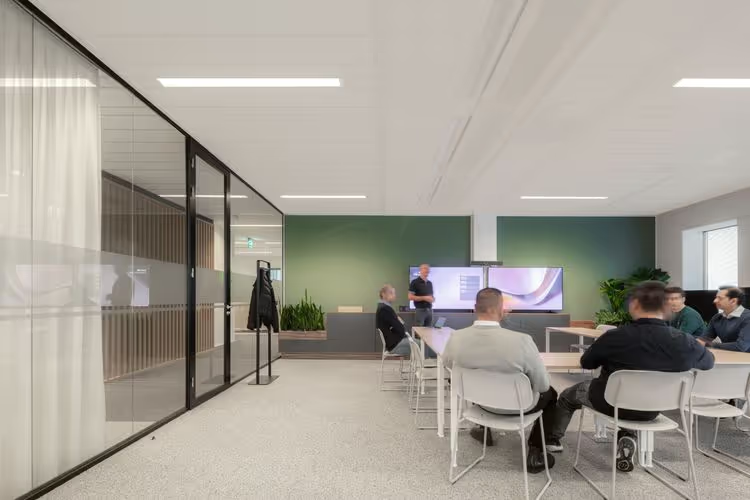
2023 was een jaar van leren, aanpassen en groeien op het gebied van werkruimteontwerp. Terwijl we naar de toekomst kijken, blijft NORNORM zich inzetten om deze evoluerende trends voor te blijven en ervoor te zorgen dat onze werkplekken blijven voldoen aan de veranderende behoeften van onze klanten en hun werknemers.
Vergeet niet, doe niet alsof het 1973 is. Laat NORNORM u begeleiden naar de toekomst van werkruimteontwerp.

